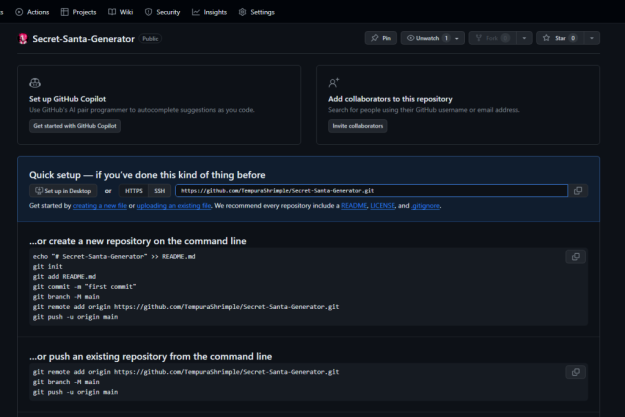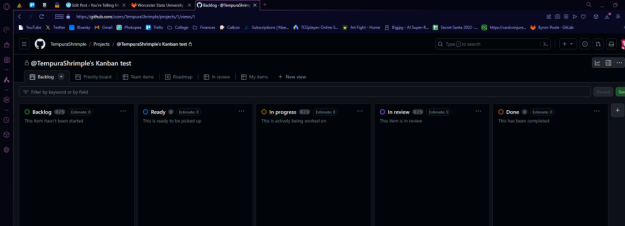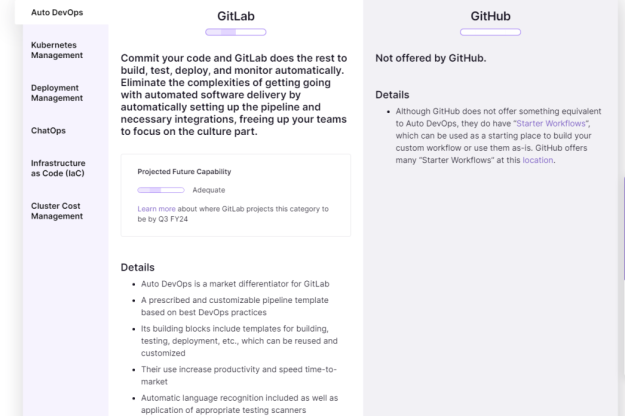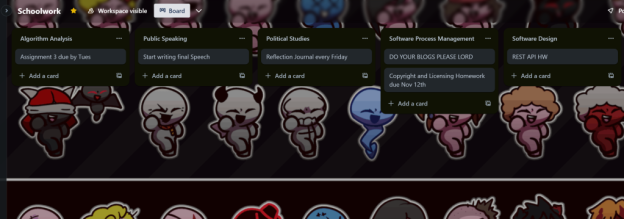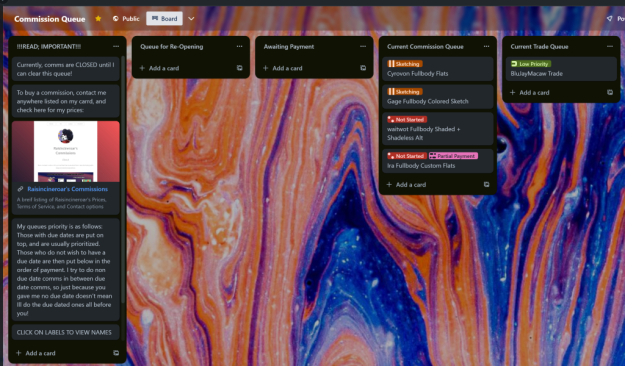This week I had a bit of trouble thinking about what to write…until I lucky remembered what went on today. That being the Benchmark Trailer for Final Fantasy XIV: Dawntrail, a benchmarking tool that made sure your pc was up to specifications for the new expansion pack, but also tease some of the new gameplay, locations, animations and classes to come with it!
Which got me thinking…benchmarking is a great tool when it comes to testing not only hardware, but also software too! I think the two go hand in hand, “the two” being software and hardware, when it comes to testing. And then it hit me what I should write about: I should talk about what a benchmark is, and why it is important to testing!
For this, I consulted our favorite search engine, Google, and found this site!
https://testsigma.com/blog/benchmark-testing
So, what is a benchmark exactly? According to this site a benchmark “is a subset of performance testing that refers to a set of metrics or a reference point against which you can quality check your software or applications. The purpose of this testing is to compare the previous, present, and future updates of the application against a set reference.”
Now lets break that down a bit into digestible pieces…basically, every time you create a set of tests or even a set of functions for a program, you wanna make sure its always working, whether that be in general when its compiled, or on different device. Say you want to ship out a program to users on both Windows AND Mac. Youll want to create a benchmark environment where you can test and see how well the program functions on those.
There’s various ways you can do a benchmark, either by checking the programs functionality and tests on a Virtual Machine, testing it on hardware that differs from your own, or even running it on a frien’d computer as opposed to your own.
The reverse is true as well, as seen with the Final Fantasy Benchmark shown above. The test, while it sees if the functionality works on certain machines, it also lets you know if your machine/hardware is also unable to run the software. Sometimes your hardware might be so outdated that certain kinds of software are incompatible or unable to be run due to the older processing systems or runtime of the machine.
I am interested to see if we cover this at all in class, as it definitely seems like something that is a major part of testing when it comes to both hardware and software.
But thats all from me, until next week!
From the blog CS@Worcester – You're Telling Me A Shrimp Wrote This Code?! by tempurashrimple and used with permission of the author. All other rights reserved by the author.


